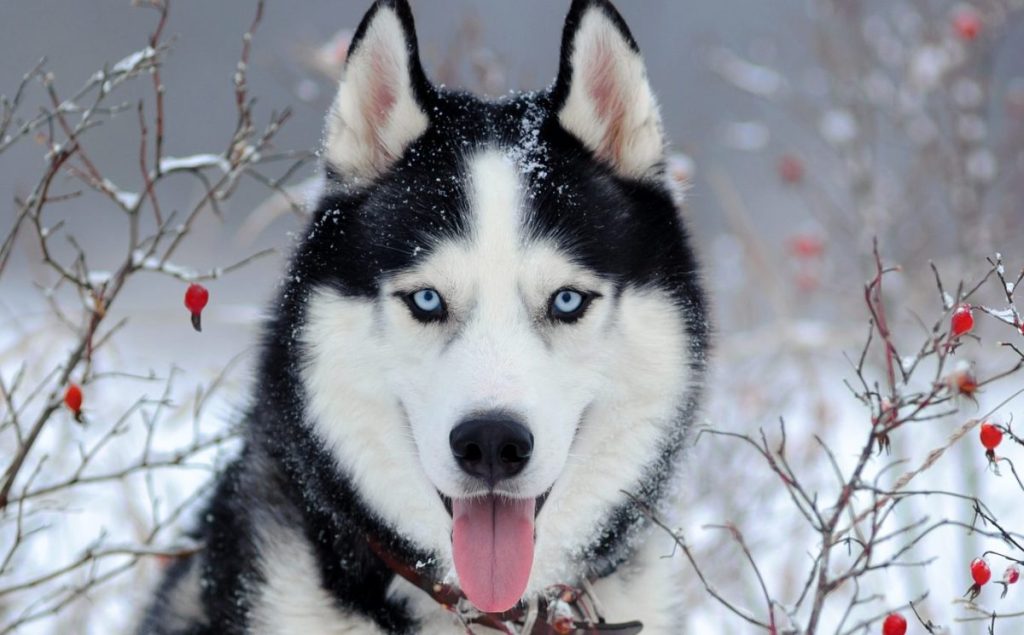Several dog breeds are naturally equipped to tolerate cold weather and climates, thanks to their thick coats, sturdy builds, and unique adaptations. Some breeds from snowy climates and mountainous regions may immediately come to mind, like the Siberian Husky, Alaskan Malamute, and Bernese Mountain Dog. Renowned for their cold tolerance and ability to excel in snowy environments, these cold-weather breeds not only tolerate…























